Semiconductor light-emitting diodes (LEDs) have been widely used in indicators, signal lights, instrument displays, mobile phone backlights, vehicle light sources, etc., especially the development of white LED technology, LED applications in the field of lighting is also more and more extensive. However, in the past, there was no comprehensive national standard and industry standard for LED testing. In production practice, it can only be based on relative parameters. Different manufacturers, users and research institutions have been controversial, which has led to serious development of the domestic LED industry. influences. Therefore, the national standard for semiconductor light-emitting diode test methods came into being.
LED test methodBased on the actual needs of LED applications, LED testing needs to include a variety of aspects, including: electrical characteristics, optical characteristics, switching characteristics, color characteristics, thermal characteristics, reliability and so on.
1, electrical characteristicsThe LED is a unipolar PN junction diode composed of a semiconductor inorganic material, which is one of the semiconductor PN junction diodes, and its voltage-current relationship is called a volt-ampere characteristic. It can be seen from Fig. 1 that the LED electrical characteristic parameters include forward current, forward voltage, reverse current and reverse voltage, and the LED must be driven by a suitable current and voltage to operate normally. Through the test of the electrical characteristics of the LED, the maximum allowable forward voltage, forward current and reverse voltage and current of the LED can be obtained, and the optimum working electric power of the LED can also be determined.
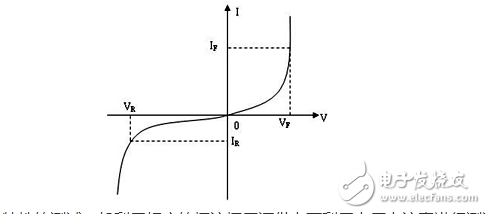
The test of the electrical characteristics of the LED is generally carried out using a voltage and current meter under the power supply of the corresponding constant current and constant voltage source.
2, light characteristicsSimilar to other light sources, LED light characteristics are mainly tested for luminous flux and luminous efficiency, radiant flux and radiation efficiency, light intensity and intensity distribution characteristics, and spectral parameters. 0.0
(1) Luminous flux and light efficiencyThere are two methods for measuring luminous flux, integrating spheres and variable angle photometers. The variable angle photometer is the most accurate method to test the luminous flux, but because it takes a long time, the luminous flux is generally measured by the integrating sphere method. As shown in Fig. 2, there are two kinds of test structures in the existing integrating sphere method for measuring LED luminous flux, one is to place the LED to be tested on the center of the ball, and the other is to place on the wall of the ball.
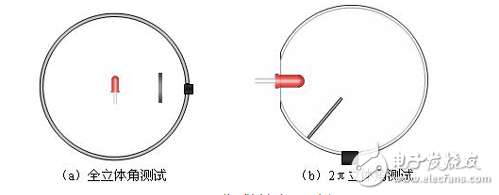
Figure 2 Integrating sphere method to measure LED luminous flux
In addition, since the self-absorption of light by the light source during the test of the luminous flux by the integrating sphere method will affect the test results, an auxiliary lamp is often introduced, as shown in FIG.
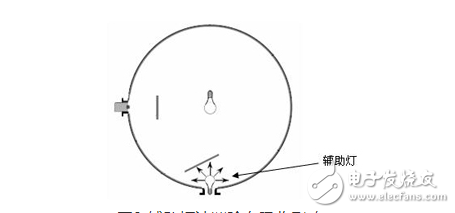
Figure 3 Auxiliary lamp method eliminates self-absorption
After measuring the luminous flux, the luminous efficiency of the LED can be measured with an electrical parameter tester. The test methods for radiant flux and radiation efficiency are similar to tests for luminous flux and luminous efficiency.
(2) Light intensity and light intensity distribution characteristicsFigure 4 Problems in the LED light intensity test

As shown in Fig. 4, the intensity of the point source is evenly distributed in all directions of the space, and the test results received by the detectors with different receiving apertures at different distances will not change, but the LEDs are inconsistent due to the inconsistent distribution of their light intensity. Changes with test distance and detector aperture. Therefore, CIE-127 proposes two recommended test conditions for each LED to perform light intensity test and evaluation under the same conditions. At present, the CIE-127 condition has been cited by various LED manufacturers and testing organizations.

Figure 5 CIE-127 recommended LED light intensity test conditions
(3) Spectral parametersThe spectral characteristics of the LED mainly include the peak emission wavelength, the spectral radiation bandwidth, and the spectral power distribution. The spectrum of a single-color LED is a single peak, characterized by peak wavelength and bandwidth, while the spectrum of a white LED is synthesized from a variety of monochromatic spectra. The spectral characteristics of all LEDs can be represented by the spectral power distribution, and the chrominance parameters can also be calculated from the spectral power distribution of the LED.
The measurement of the spectral power distribution needs to be performed by splitting the light, and the light of each color is distinguished from the mixed light for measurement. Generally, the prism and the grating can be used for spectrometry.
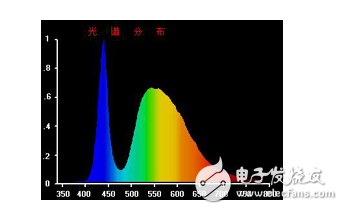
Figure 6 White LED spectral power distribution
3, switching characteristicsThe LED switch characteristic refers to the light, electricity, and color change characteristics of the LED at the moment of power-on and power-off. Through the test of the LED switch characteristics, the change rule of the LED working state and material property at the moment of power-off and power-off can be obtained, thereby not only understanding the loss of the LED by the power-off and power-off, but also guiding the design of the LED driving module.
4, color characteristicsThe color characteristics of LEDs mainly include chromaticity coordinates, dominant wavelength, color purity, color temperature and color rendering. The color characteristics of LEDs are especially important for white LEDs. Existing color property testing methods include spectrophotometry and integration. As shown in Fig. 7, the spectrophotometry is to measure the spectral power distribution of the LED by monochromator, and then obtain the corresponding chromaticity parameter by using the chromaticity weighting function integration; the integral method is directly measured by using a specific color filter and a photodetector. Chromaticity parameters; the accuracy of spectrophotometry is much higher than the integration method.
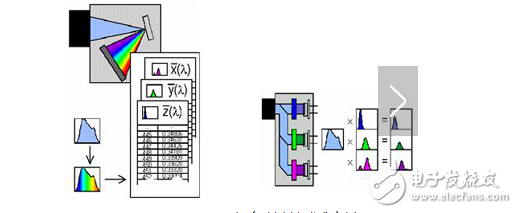
Figure 7 LED color characteristics test method
5, thermal characteristicsThe thermal characteristics of LEDs mainly refer to thermal resistance and junction temperature. Thermal resistance is the ratio of the temperature difference along the heat flow path to the power dissipated on the channel. The junction temperature is the PN junction temperature of the LED. The thermal resistance and junction temperature of LEDs are important factors influencing the photoelectric performance of LEDs.
The existing test for LED junction temperature generally has two methods: one is to measure the temperature of the surface of the LED chip by using an infrared temperature measuring microscope or a miniature thermocouple and regard it as the junction temperature of the LED, but the accuracy is not enough; The method is to determine the junction temperature of the LED by determining the relationship between the forward bias voltage and the junction temperature under the current, which is complicated.
6, reliabilityThe reliability of LEDs includes electrostatic sensitivity characteristics, lifetime, environmental characteristics, and the like.
The electrostatic sensitivity characteristic refers to the electrostatic discharge voltage that the LED can withstand. Some LEDs have high resistivity and the distance between positive and negative electrodes is very short. If the electrostatic charge at both ends accumulates to a certain value, this electrostatic voltage will break through the PN junction. In severe cases, the PN junction will break down and the LED will fail. Therefore, it is necessary to test the electrostatic sensitivity characteristics of the LED to obtain the electrostatic discharge fault threshold voltage of the LED. At present, the human body mode, the machine mode, and the device charging mode are generally used to simulate the electrostatic discharge phenomenon in real life.
In order to observe the variation of light performance of LEDs under long-term continuous use, it is necessary to carry out sampling tests on LEDs, and obtain LED life parameters through long-term observation and statistics.
Tests on the environmental characteristics of LEDs often use various types of natural intrusions encountered in the application of analog LEDs, generally: high and low temperature impact test, humidity cycle test, moisture test, salt spray test, sand dust test, irradiation test, vibration and Impact test, drop test, centrifugal acceleration test, etc.
Third, the formulation of national standardsSummarizing the above test methods, the national standard for semiconductor light-emitting diode test methods has specified the LED electrical, optical, thermal, electrostatic and life tests.
For the electrical characteristic test, the standard specifies the test block diagram of the LED forward voltage, reverse voltage, and reverse current; for the luminous flux test, the standard specifies the 2Ï€ solid angle test structure; for the light intensity test, the standard cites the CIE-127 Recommended conditions; in addition, the spectral test, thermal characteristics test, electrostatic discharge sensitivity test, life test, etc. are clearly defined.
The formulation of national standards summarizes the test methods of existing LEDs, and upgrades the scientifically applicable methods to standard test methods, which completely eliminates the differences in the field of LED testing, and also makes the test results more realistically reflect China's LEDs. The overall level of the industry. However, in view of the continuous development of LED technology, the formulation of national standards is not once and for all, and the latest and most appropriate testing techniques should always be introduced into the standards.
What is the difference between LCD and LED?Customers who have purchased assembled computers believe that they are more concerned about the purchase of monitors. Many merchants will also recommend some monitors for everyone. Among them, there are two kinds of LEDs or LCD displays. So what are LED and LCD monitors? What? In order to let everyone avoid the misleading of the business when purchasing, it is not suitable for their own products. The author explains the relevant knowledge of the optional display that consumers are likely to encounter in daily life.
LED display and LCD display knowledgeLet's take a brief look at what is an LED liquid crystal display and what is an LCD liquid crystal display.
What is an LCD monitor? What is the difference between LCD and LED LCD? Which is better for LCD and LED?
LCD liquid crystal display is the abbreviation of Liquid Crystal Display. The LCD is constructed by placing liquid crystals in two parallel glass. There are many vertical and horizontal small wires between the two glass. The rod crystal molecules are controlled by energization or not. Change direction and refract light to produce a picture. It is worth noting that the liquid crystal molecules themselves cannot emit light, so it is necessary to rely on the backlight to emit light, so CCFL backlight and LED backlight will appear.
What is an LED display?The LED display refers to a display in which LEDs (light-emitting diodes) are directly used as pixel light-emitting elements, and the light-emitting diodes constituting the array directly emit light of three colors of red, green and blue, thereby forming a color picture. However, since the diameter of the light-emitting diode itself is large, the distance between the pixels of the same color is also large (that is, the dot pitch as we often say), so the LED display is generally only suitable for large-screen display.
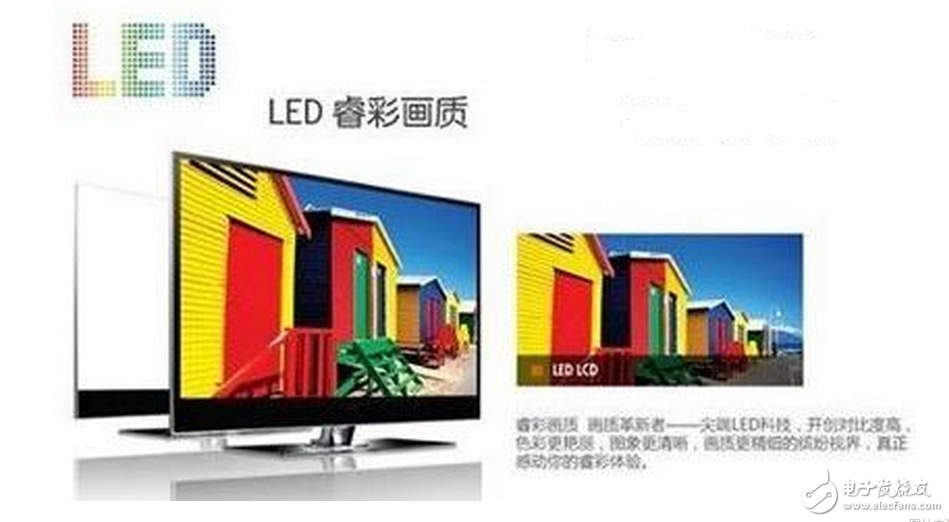
LED display integrates microelectronic technology, computer technology and information processing. It has become the most advantageous public display media because of its bright color, wide dynamic range, high brightness, long life and stable and reliable operation. At present, LED display has been Widely used in large squares, commercials, sports venues, information dissemination, news release, securities trading, etc., can meet the needs of different environments.
At present, the LED display referred to by the merchant refers to a display product using a white LED backlight, and the difference from the ordinary liquid crystal display is the change of the backlight. In fact, the simple point is that the LED display that the merchant said is the LED-backlit display. The real LED display has not yet been applied to the desktop display. Compared to CCFL backlit displays, just change the backlight. In general, both LED-backlit displays and CCFL-backlit displays are LCDs, so the two concepts of LEDs and LCDs that manufacturers and merchants say are wrong.

IO Cable Plug
Feyvan Electronics provides many different solutions of IO cable plug for CNC (computer numerical control) machine tool fittings of different systems.
Related connectors brand: AMP, HONDA, JAE, INC, HIR, DDK, 3M, HYPERTAC, Fujistu, etc.
We have designated agents for all the connectors brands.
Meanwhile, we also could produce copy connectors of the brands above which can obviously lower your costs.
All the connectors we used covers 100% of FANUC system, 100% of Mitsubishi system and 90% of SIEMENS system.
Io Cable Plug,Io Plug,Cable Wire Connector,Cable Plugs
Feyvan Electronics Technology Co., Ltd. , https://www.fv-cable-assembly.com